"How Hard Is That Hike?"- Hiking Classes Explained!
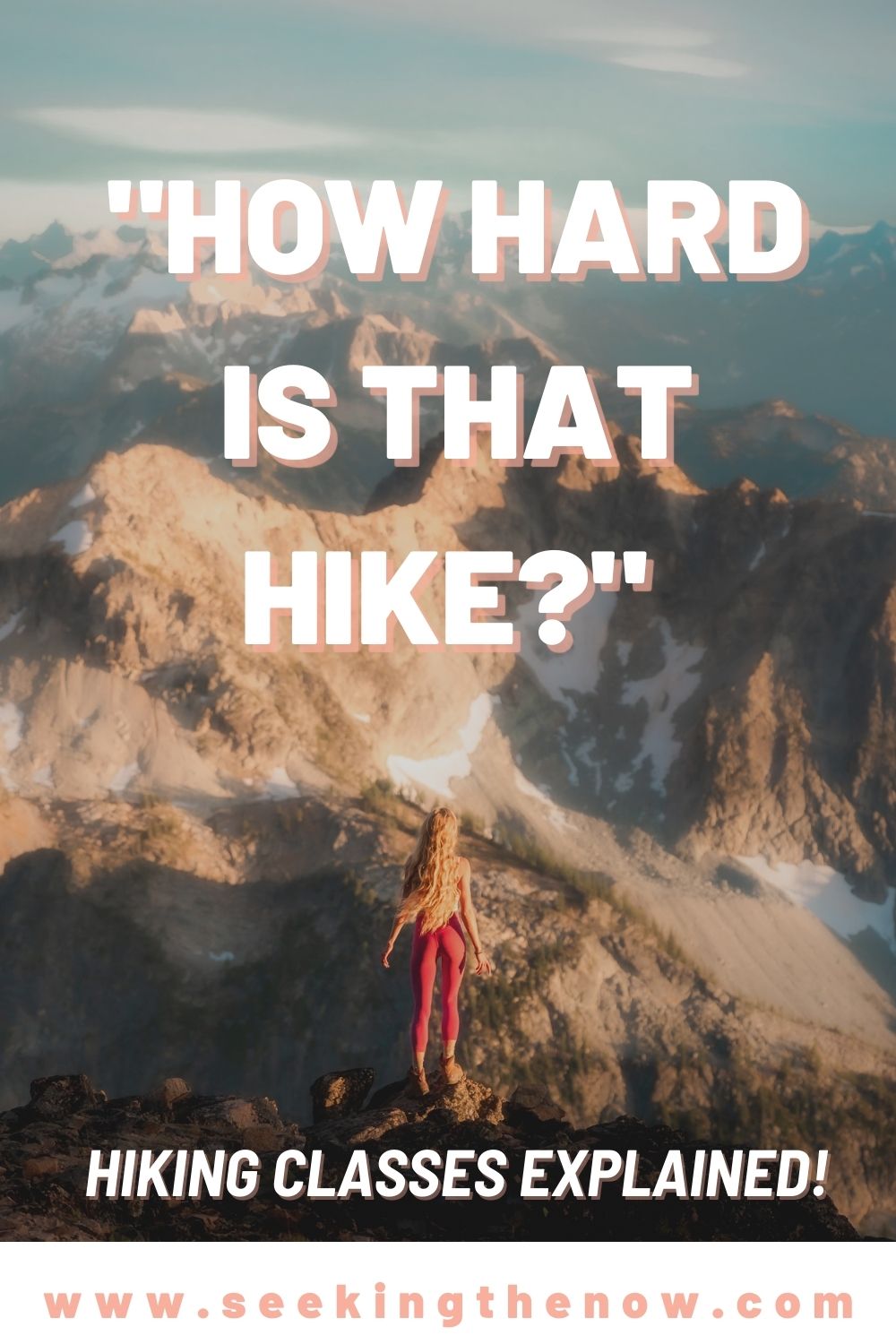
Don’t have time to read it now? Save it for later!
One of my favorite parts about hiking is there is always another challenge right around the corner.
You can start out doing easy 3 mile trails and 10 years later end up scaling a mountain!
In hiking lingo, there are different “classes” used to explain the difficulty of the trail you are embarking on- for a while I was pretty confused on what these classes actually meant and how to distinguish if I was ready to advance to the next level.
This blog post will go over all of the different types of trails you may encounter and what you should expect from each of them- from the easy to the technical this post will explain them all.
What Are Hiking Classes?
Many times when researching your next adventure you will come across the language of a “class” the hike is given.
A “class” is considered the type and difficulty of the trail you are headed out on.
In North America we created these classes from the Yosemite Decimal System- this grading system was initially created by the Sierra Club in southern California in the 50’s.
This scale helped them to define the level of different trails in Yosemite Valley. Soon enough this became the standard for all trails and climbs all across North America.
To avoid confusion I want to add that many trails will have a variety of classes present within the route, the route is always classed by the most difficult section of the trail as a forewarning.
Hiking Classes:
Hiking Class 1
Class 1 hiking is considered “walking with a low chance of injury”.
You won’t need to use your hands on these climbs and can simply balance standing up.
On class 1 trails you will be on a well defined route the entire time, there will most likely be signs that will keep you on track and there isn’t much risk involved.
Examples of class 1 trails in Wasington would be: Gold Creek Pond, Lake 22, Snow Lake, Wallace Falls and Colchuck Lake.
Looking at this list you may be a bit confused- Colchuck Lake is a lot harder of a hike than Gold Creek Pond you say, and you would be right!
Class 1 hiking is divided up even further into “easy, moderate and hard”.
Gold Creek Pond would be thought of as an “easy” trail whereas Colchuck is considered a “hard” trail.
When rating a hike for “easy, moderate and hard” they are simply factoring in the length of the trail and the elevation gain.
The hike stays a class 1 trail because of the well established route and easy walking conditions.
For instance, Gold Creek Pond is 1 mile rt with an elevation gain of 45ft, whereas Colchuck Lake clocks in at 5.8 miles round trip with an elevation gain of 2280 ft, definitely a big difference there!
Class 1 is a perfect place to start for someone just getting into hiking, you can find trails of all different difficulty levels and work your way through them!
Hiking Class 2
Class 2 is considered a hike that you may need some route finding skills and use of hands for balance.
On this type of trail you may encounter different types of terrain than the normal dirt trails you have become accustomed to in Class 1.
These class 2 trails may take you over boulder fields and scree fields. The chance of injury increases and so does the chance of losing the trail.
On a trail like this there is a chance of some exposure to heights, although a fall on this level will most likely only result in injury.
The term “scrambling” (the use of hands and feet to pull yourself up the trail) begins on this type of terrain.
Most likely you will only experience small bouts of scrambling and won’t need it for the majority of the hike.
I personally love scrambling and find these types of hikes to be really fun, they feel a bit like an obstacle course to me!
I would consider advancing to class 2 hikes if you are getting a bit bored with the normal hiking trails you are doing and want to up the challenge.
In Washington I would consider Wing Lake to be a class 2 hike.
Hiking Class 3
Class 3 is my personal favorite right now! It is defined as scrambling with increased exposure and the need for route finding.
Typically, there are natural hand holds on a class 3 climb with decent exposure. Because of the exposure present, a fall at this level may result in death.
Some beginners use a rope on this type of climb and most of the time a helmet is necessary.
I find class 3 routes to be the most fun, they tend to be quite difficult and sometimes a bit scary, but that’s what makes them fun!
The majority of a class 3 route will be a scramble and many times will take you up to the top of a peak!
During a class 3 route you can expect to be met with rugged terrain- large boulder fields, steep scree fields, and rocky slopes.
You want to be quite comfortable on class 2 terrain and route finding before you begin attempting class 3 routes.
I would recommend always having the route printed or downloaded and have researched the route extensively before heading out on one of these.
Examples of a class 3 route in Washington would be Del Campo Peak, Vesper Peak, and Asgaard Pass.
Climbing Class 4
If you thought class 3 was exciting, get ready for class 4! Class 4 is where hiking and scrambling begins to turn into a climb.
In this class you will need to have experience with ropes, harnesses and belay practices. Falls at this level can result in death.
The climbing is technically quite easy in this class but due to the exposure (your proximity to large cliffs and drop offs) and difficult terrain it is best practice to utilize a rope, helmet and be placing protection along the route.
Before attempting class 4 climbing I would recommend you be well versed in rock climbing and alpine climbing and taking a class to ensure you are safe.
You should also be very wary of the people you are climbing with as you are essentially putting your life in your partner’s hands.
An example of class 4 would be Black Peak, and Sahale Peak.
Climbing Class 5
Wahoo! We have made it to rock climbing! Class 5 is where the terrain becomes vertical.
On this type of climb you will require ropes, helmets, harnesses, belay devices and skills, protection such as nuts and cams and specific climbing shoes.
This class is considered the hardest class, within it there are sub-classes to determine the difficulty of the specific class 5 climb.
These range from 5.0 being the easiest and 5.15d as the most difficult.
If you have ever climbed at a gym or outdoors this is the same scale they use.
The main difference between this and the vertical climbing is many times this is out in the alpine on a ridge or up a face that’s farther from civilization.
Common practice is to climb trad during these types of alpine climbs.
In Washington climbs like Liberty Bell, Forbidden Peak and Shark Fin Tower would be considered Class 5.
Conclusion
Hiking is one of the most rewarding hobbies I have done in my lifetime.
Over the 9 years of hiking I have done in Washington I have advanced from simple Class 1 hikes to consistently doing Class 3 and 4 climbs with the occassional Class 5 climb thrown in there.
If you get anything from this, I hope it shows you that there is so much out there that you can tackle!
With time you can be climbing peaks, scaling mountains and accomplishing routes you never thought were possible for you!
More Adventures You Will Love!
Recent Posts
Shop With Me!
Join Me on Instagram!
2 Comments
Want More?
Humantay Lake Day Trip- The Best Day Trip From Cusco
Humantay Lake is the perfect way to get a taste of the Andes Mountains while traveling in Peru! You will adore this stunning alpine lake.
The Ausangate Trek In Peru- The Ultimate Guide For Hikers!
The Ausangate Trek is a breathtaking 5 day, high alpine adventure through Peru’s epic mountain ranges. One of the worlds best treks!
Artist Point Snowshoe- The Best Winter Activity In Washington!
Artist Point snowshoe is by far the best snowshoe in Washington!
This blog post goes over everything you need to know while planning a trip to snowshoe at Artist Point!



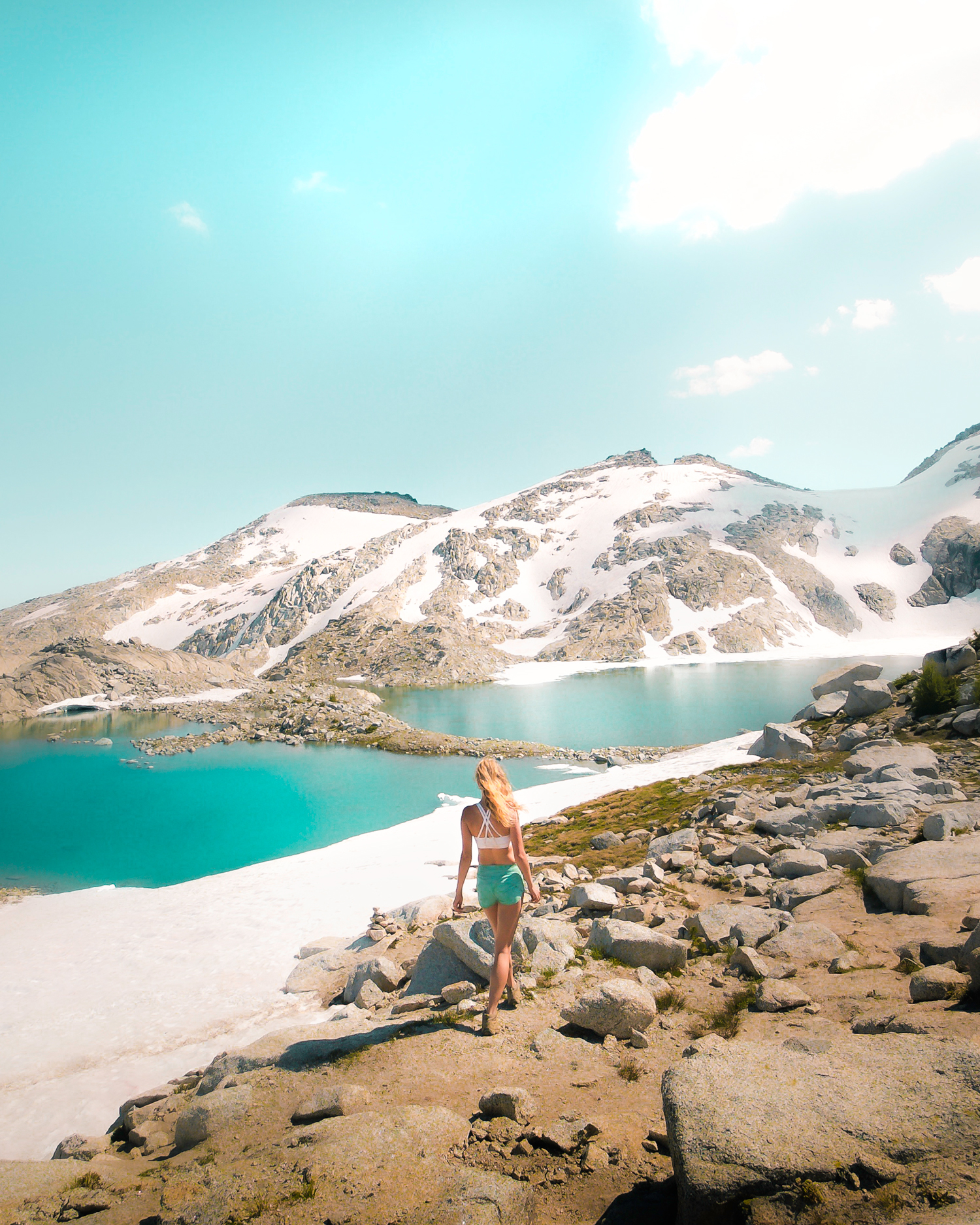
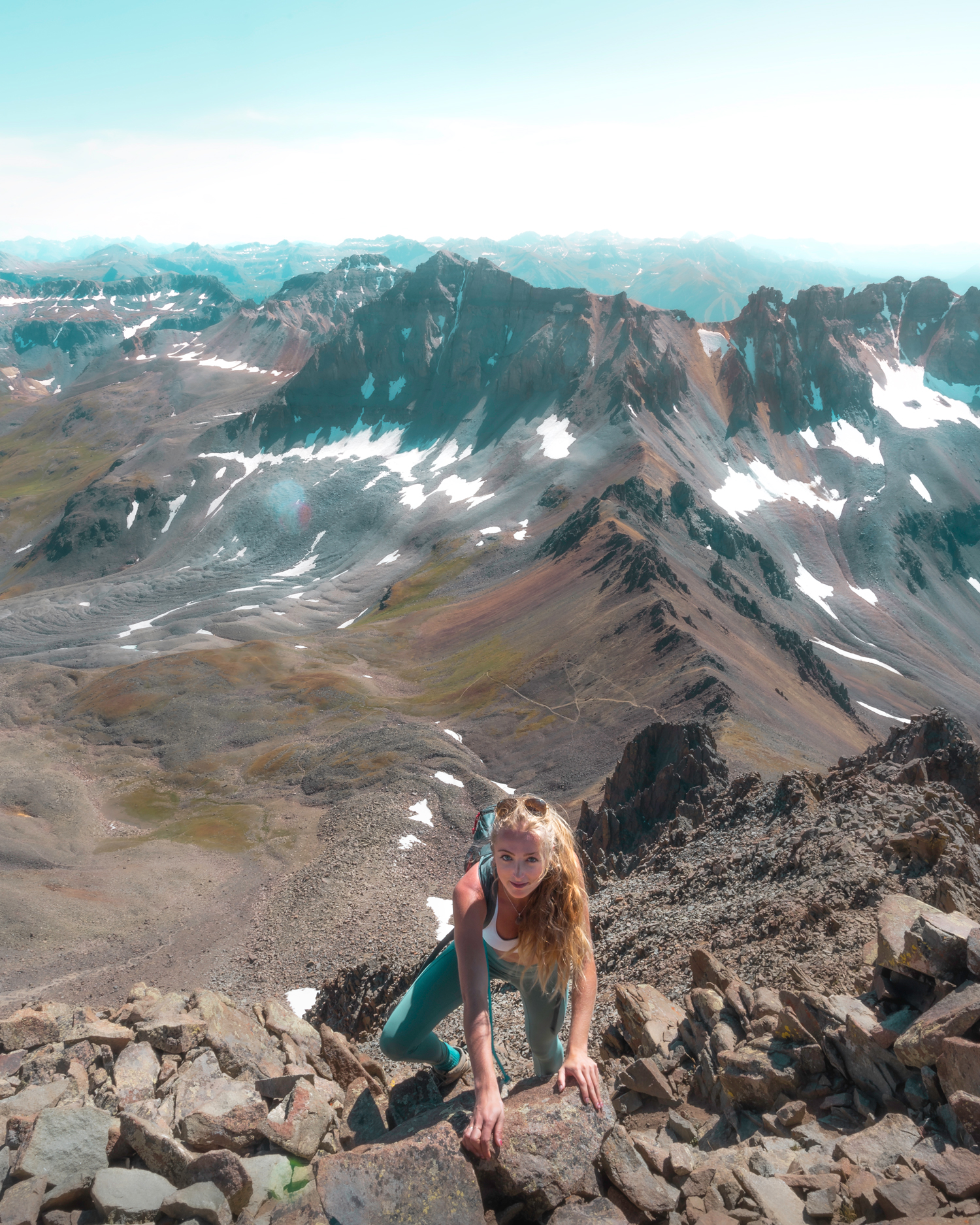

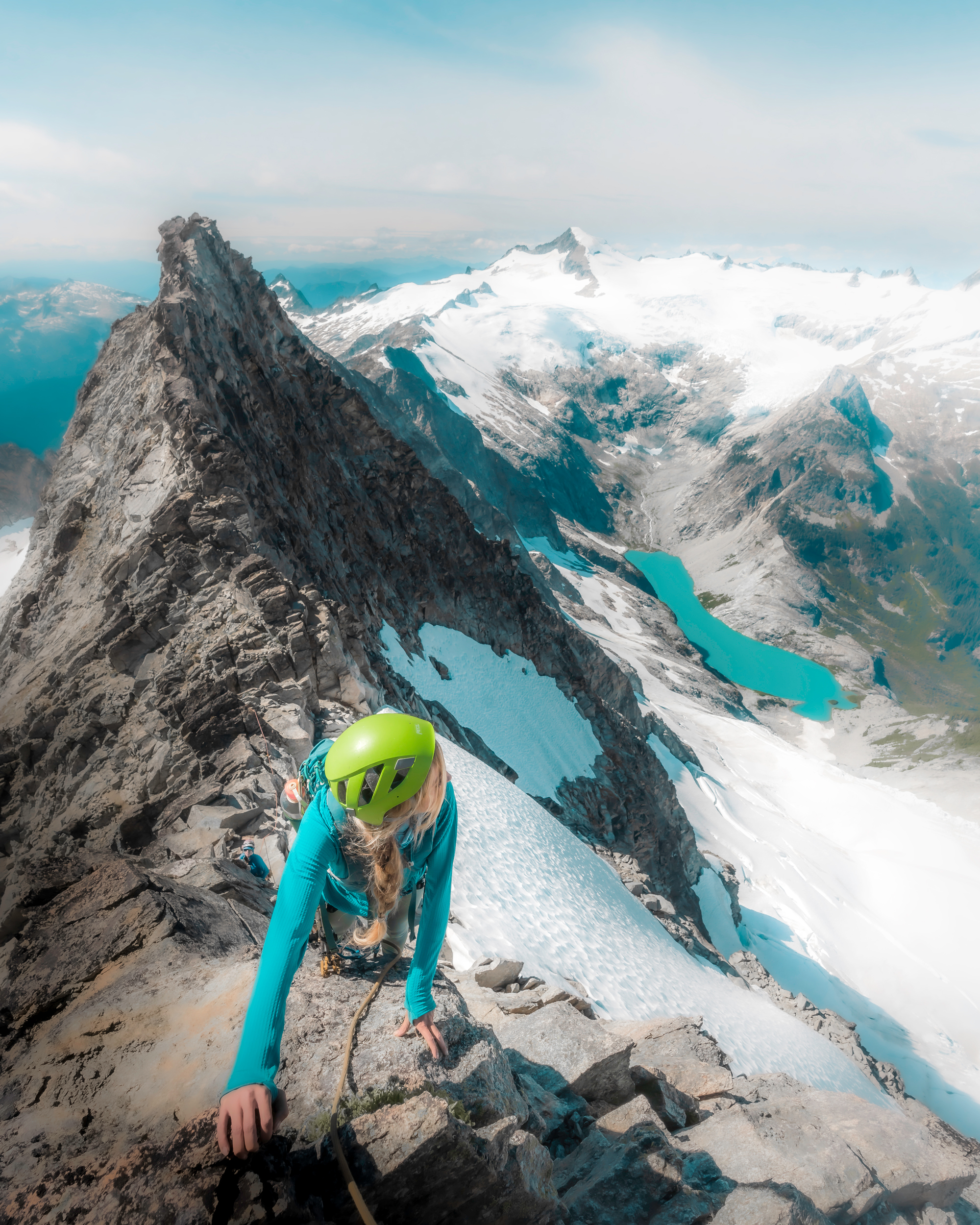

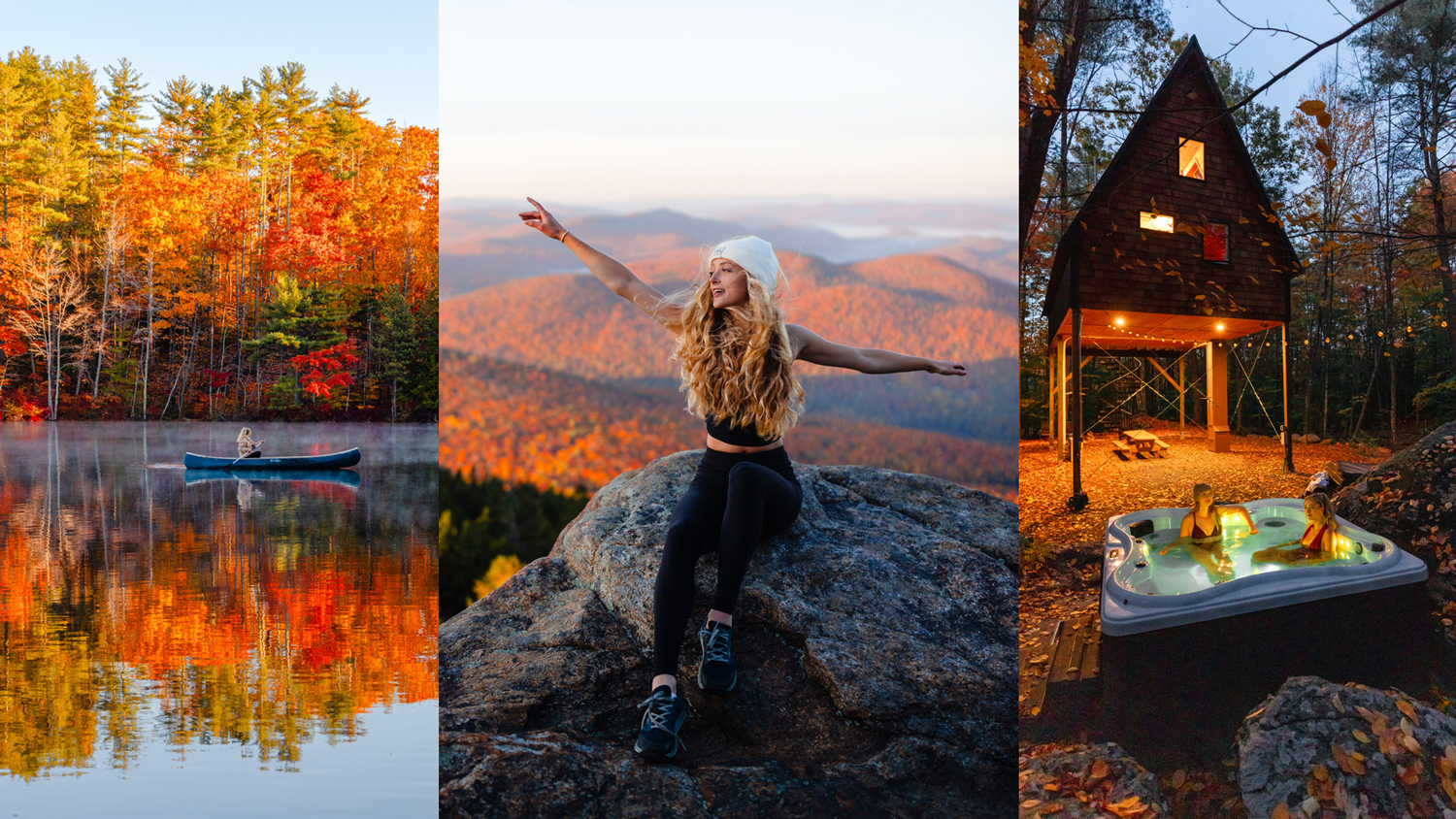


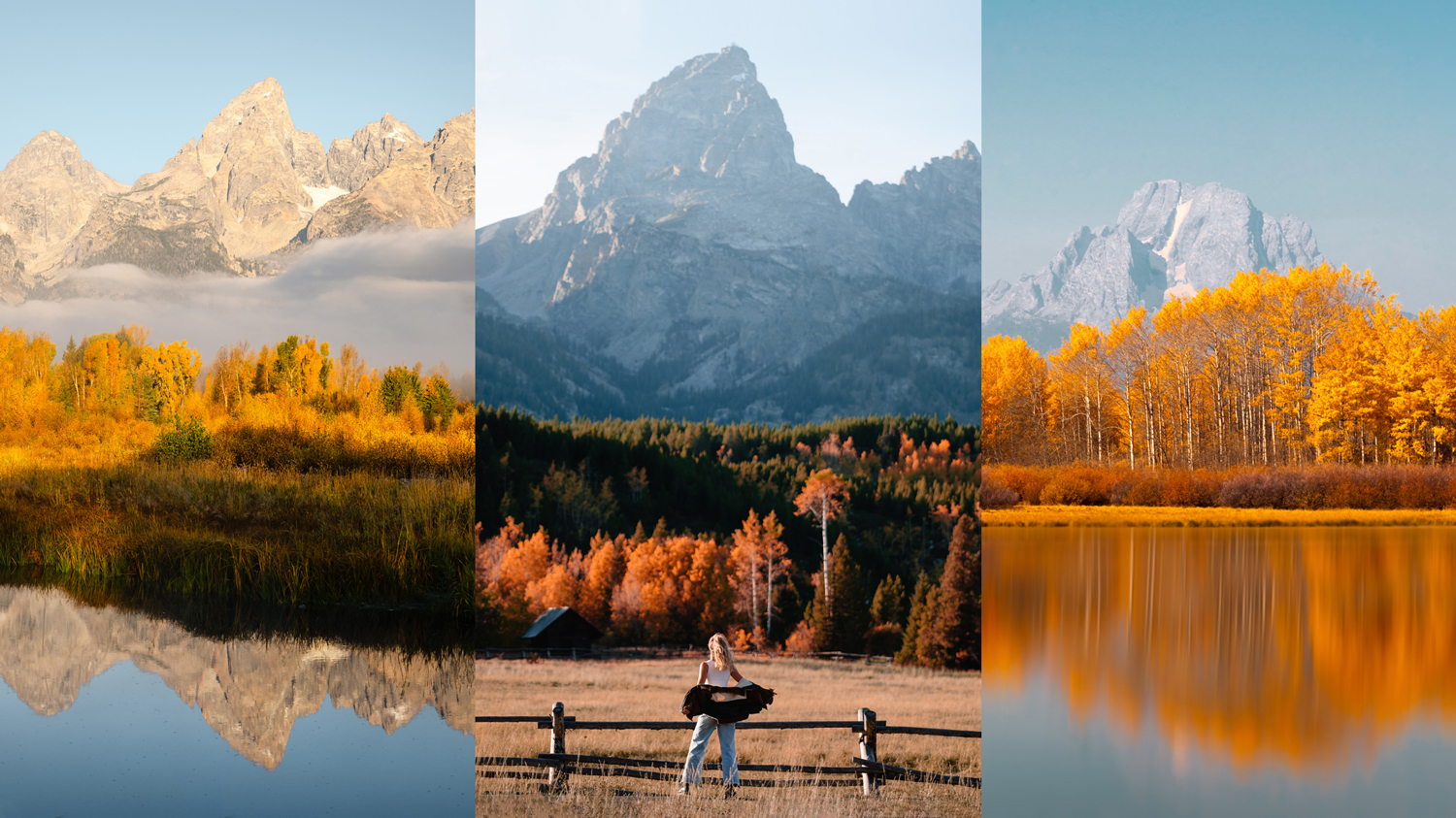
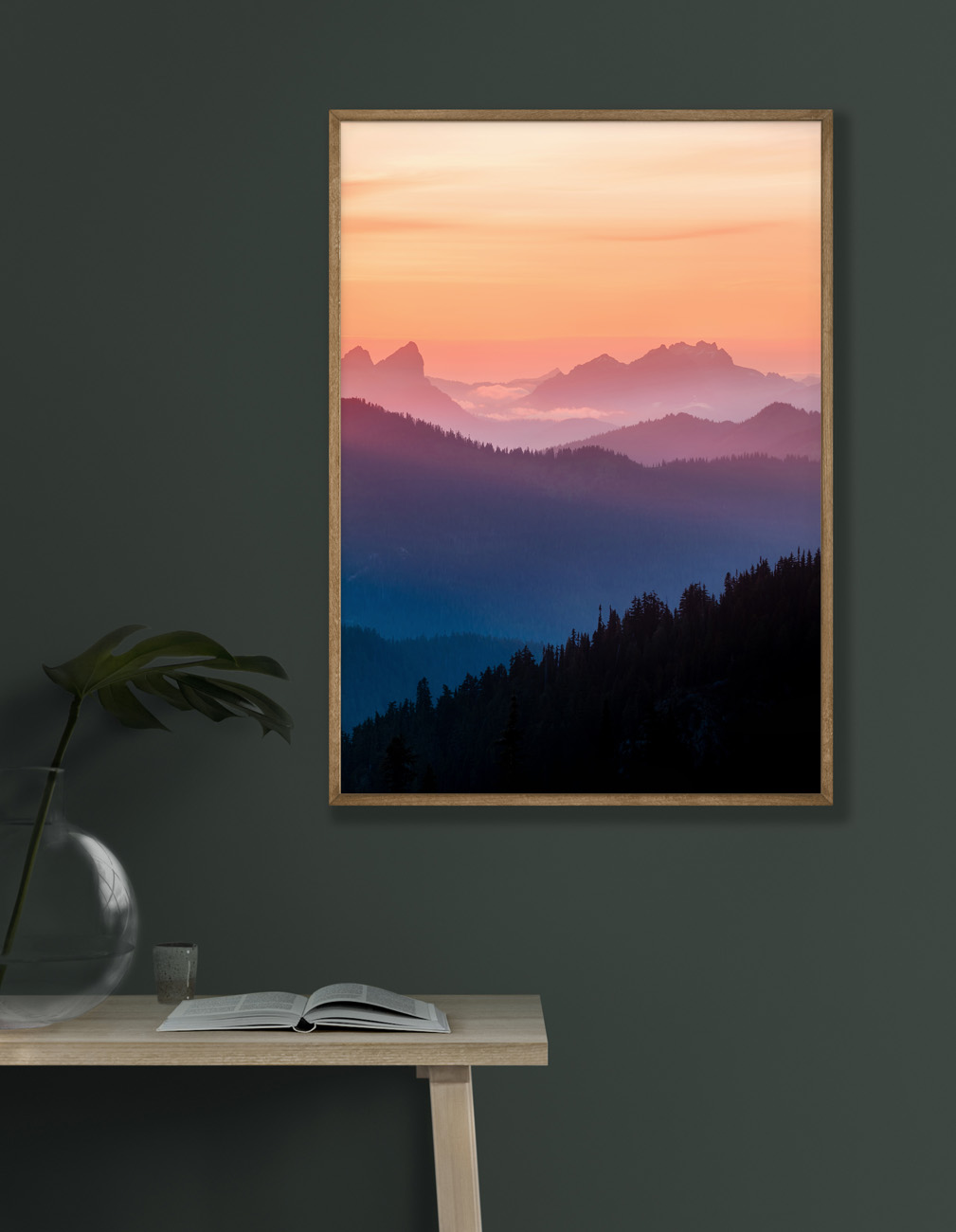
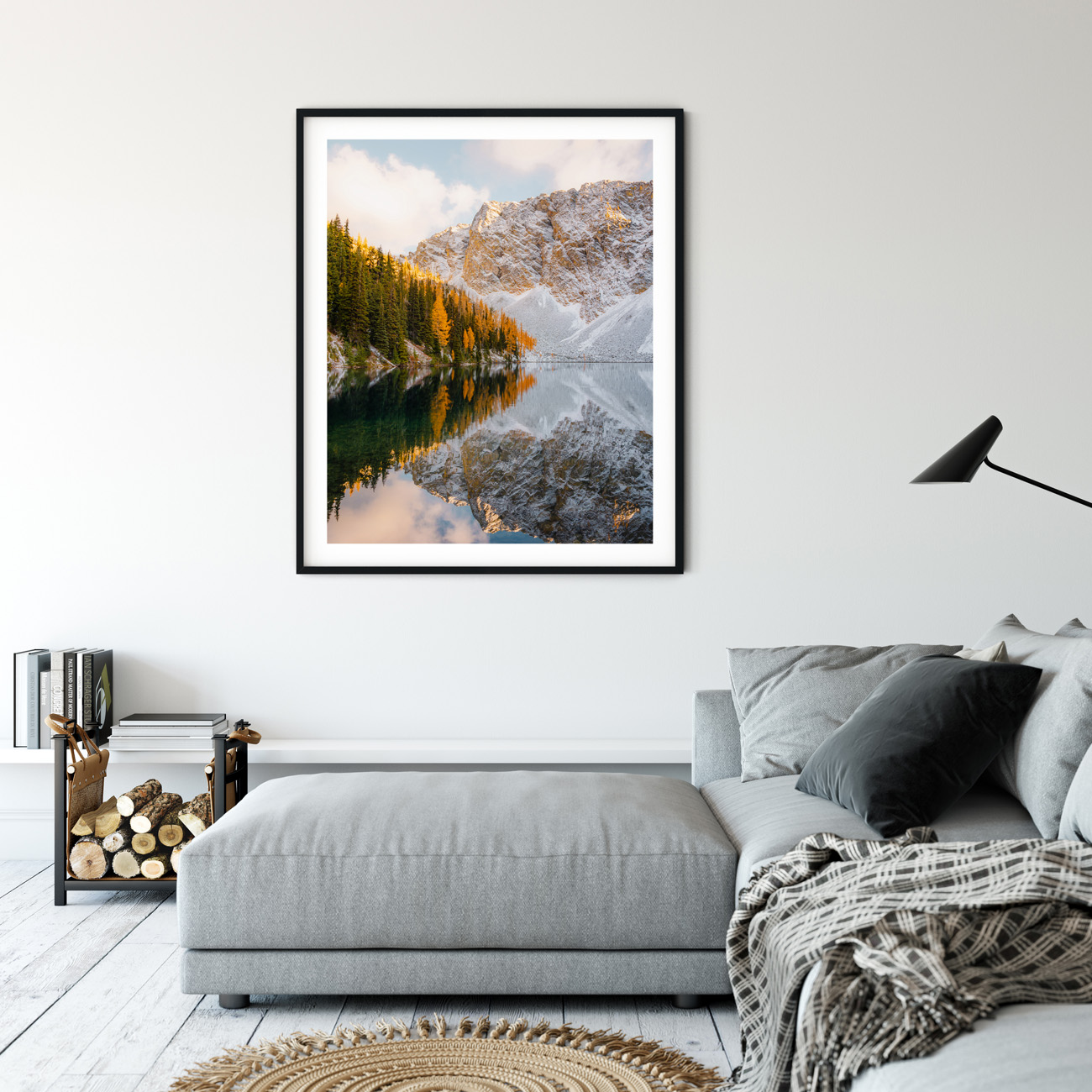


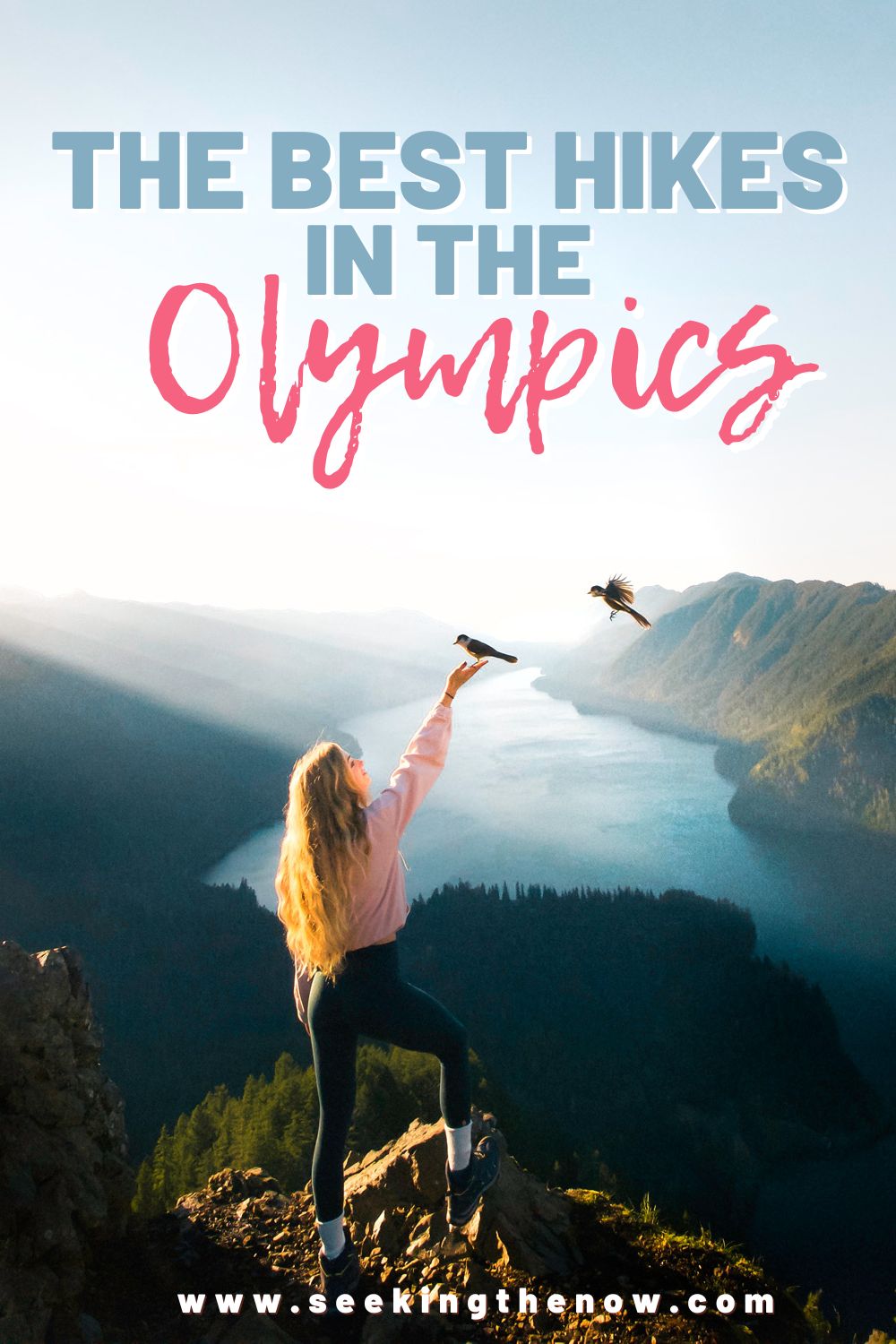
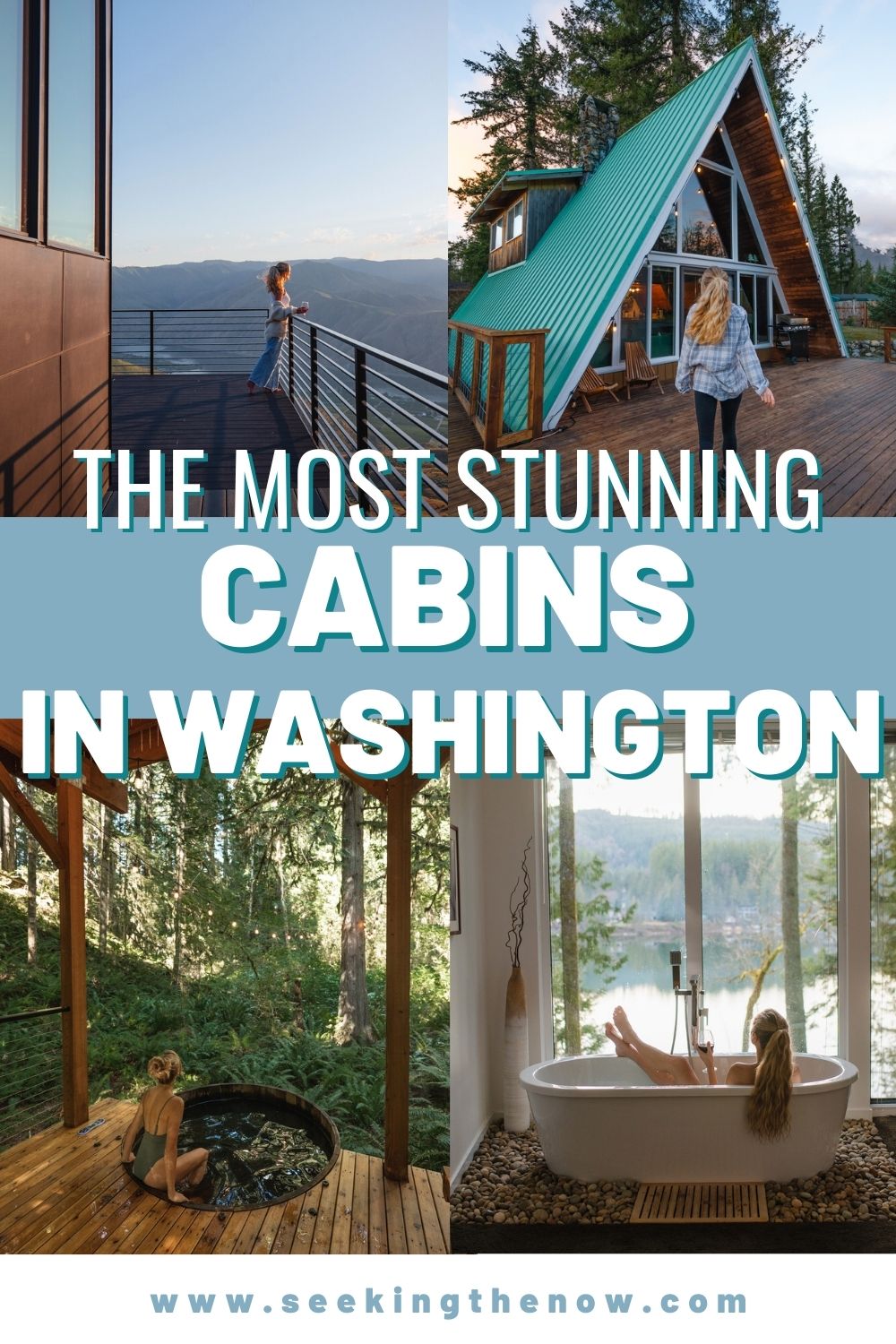
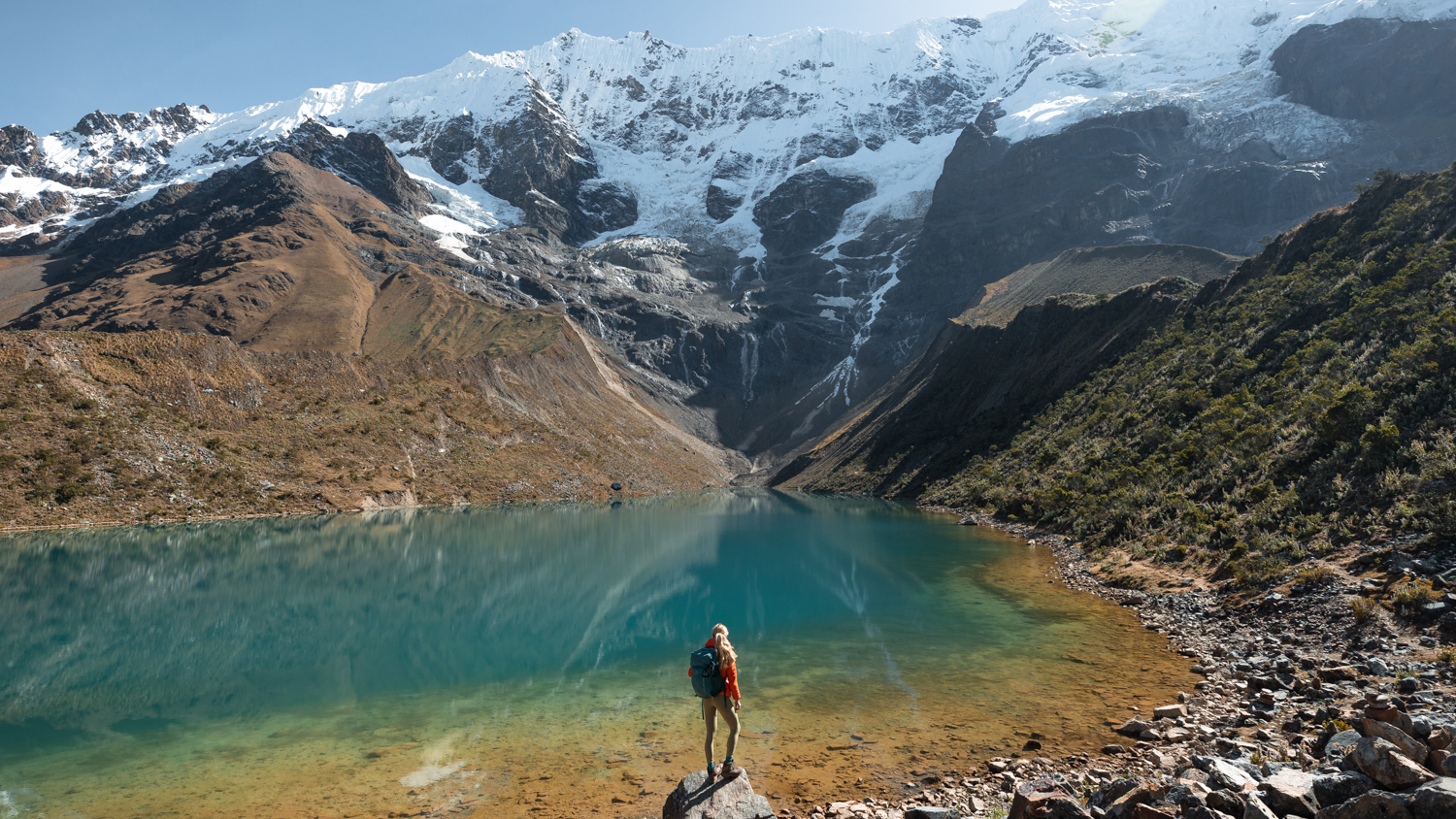
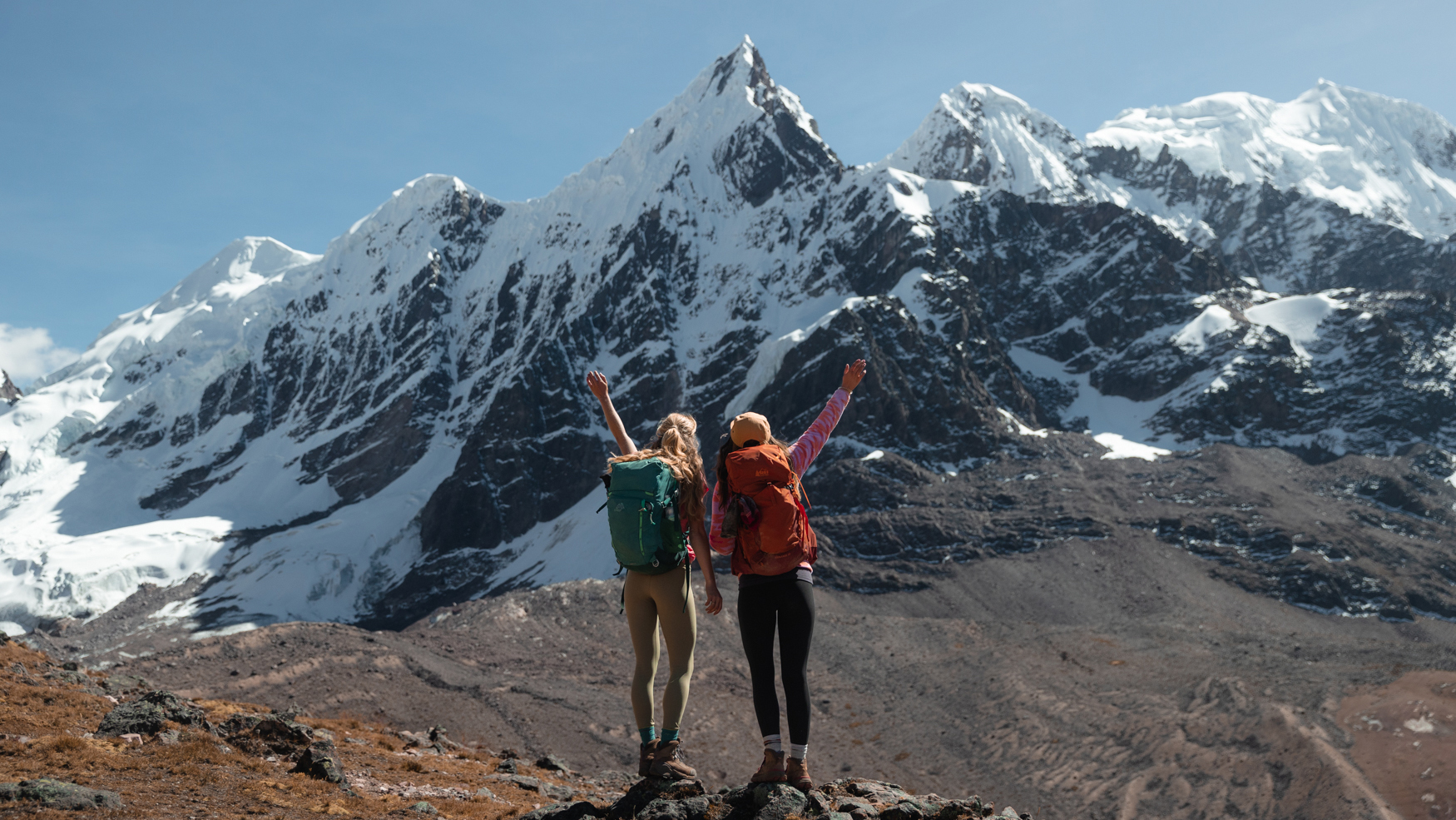
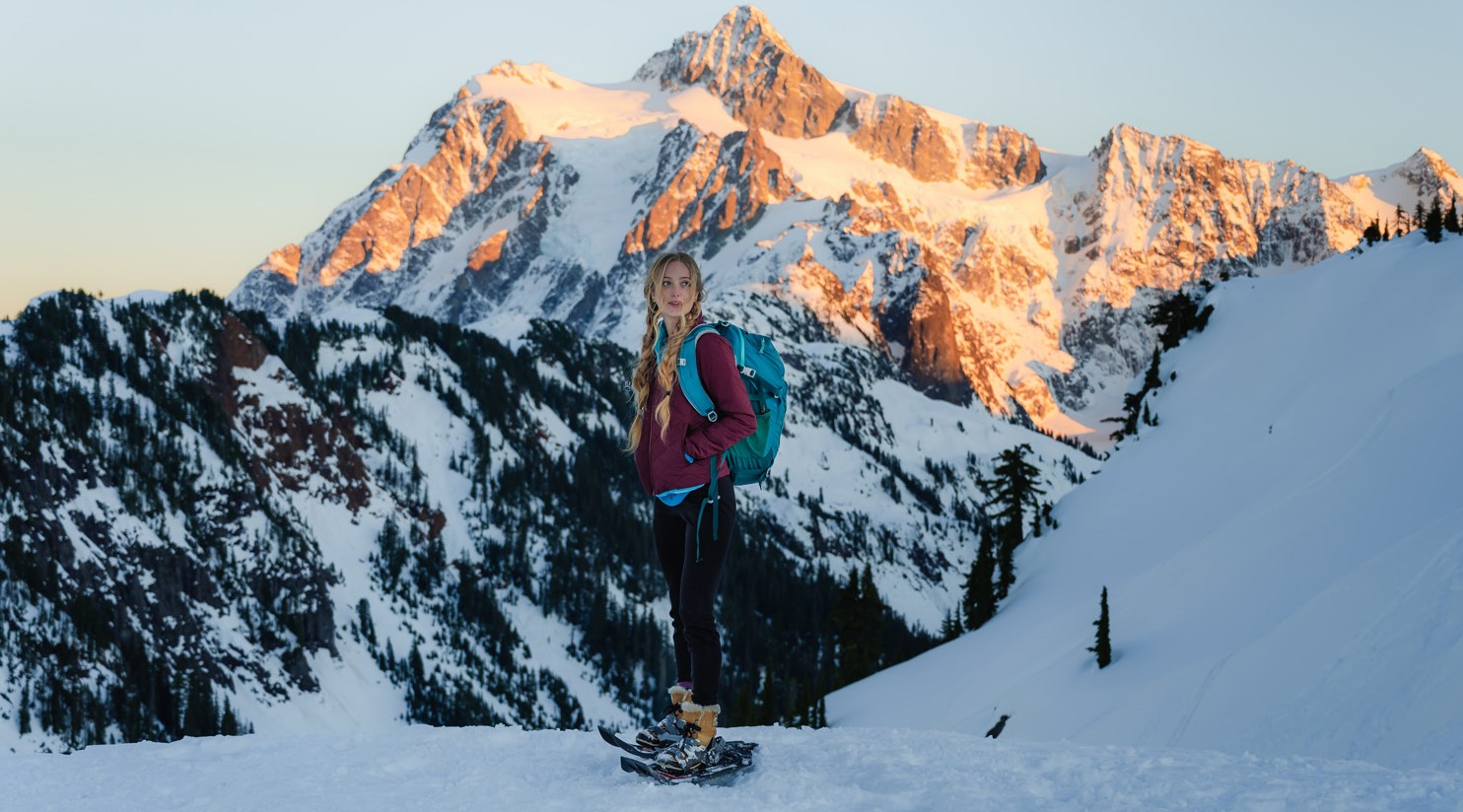
Hello. This article was really remarkable, especially because I was browsing for thoughts on this matter last Monday. Eadith Ab Pollyanna
Hi There!
I am so glad you enjoyed it! It’s a really interesting topic and can truly be hard to gauge when picking out a hike.
Best,
Liana